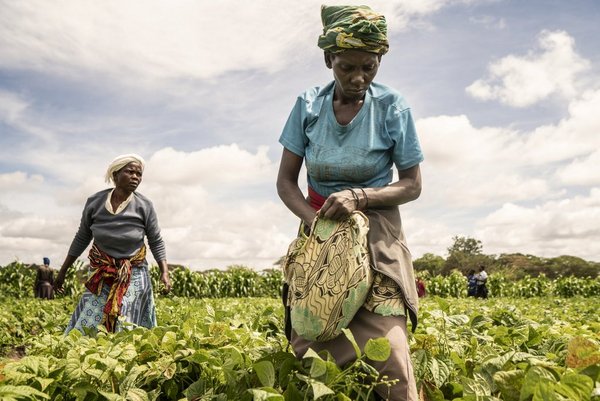- Share this article
- Subscribe to our newsletter
Database provides information on smallholder farming
To make rural household surveys more comparable and obtain reliable data a team of researchers from the Consultative Group on International Agricultural Research (CGIAR) created the Rural Household Multi-Indicator Survey, or RHoMIS, in 2015. More than 13,000 standardised surveys and 21 countries later, they published their findings, methods and an analysis of their massive dataset in February 2020 in the Nature journal Scientific Data, as reported on the International Center for Tropical Agriculture (CIAT) website in March 2020.
Moreover, they invited the global research-for-development community to contribute to the open-access dataset, which today includes more than 30,000 interviews conducted in 33 countries. (The publication only analysed interviews through mid-2018.) Data is collected on tablets or smartphones, which can be solar powered for use in remote regions.
Key indicators span agricultural production and off-farm activities
RHoMIS was built to collect raw data on 758 variables and create 41 indicators based on the data. Variables include household demographics and diets, farming practices related to livestock and crops, subsistence farming vis-à-vis farming for markets, fertilizer and pesticide use and yields, among many others. The key indicators produced span agricultural production and off-farm activities, including market integration, nutrition, food security, poverty and greenhouse gas emissions.
Along with being standardised, RHoMIS is flexible to include questions modules tailored to specific research projects. Surveys are taken on smartphones or tablets and can be carried out in as little as 40 minutes, compared with up to 3 hours for other surveys. The tool’s digital platform stores, aggregates and visualises data for additional ease of use.
Development organisations, researchers and NGOs are already using the tool
RHoMIS has been used on climate-smart agriculture research in East Africa and Central America, on changes in livelihoods and food security in Tanzania, on mobile phone use for climate information in East Africa, and food security research in Central America’s dry corridor, among others. The NGO Tree Aid, which plants trees to help rural communities, uses RHoMIS as an essential part of its monitoring work.
The researchers’ goal is that in five years the RHoMIS-based dataset will be the go-to place for information on smallholder farming. By then, it will probably be the biggest single database on subsistence farming, with reliable information on productivity, management, poverty, food security, gender relationships and so much more, they say.
(CIAT/ile)
Read more at CIAT website
Scientific Data: The Rural Household Multiple Indicator Survey, data from 13,310 farm households in 21 countries





Add a comment
Be the First to Comment